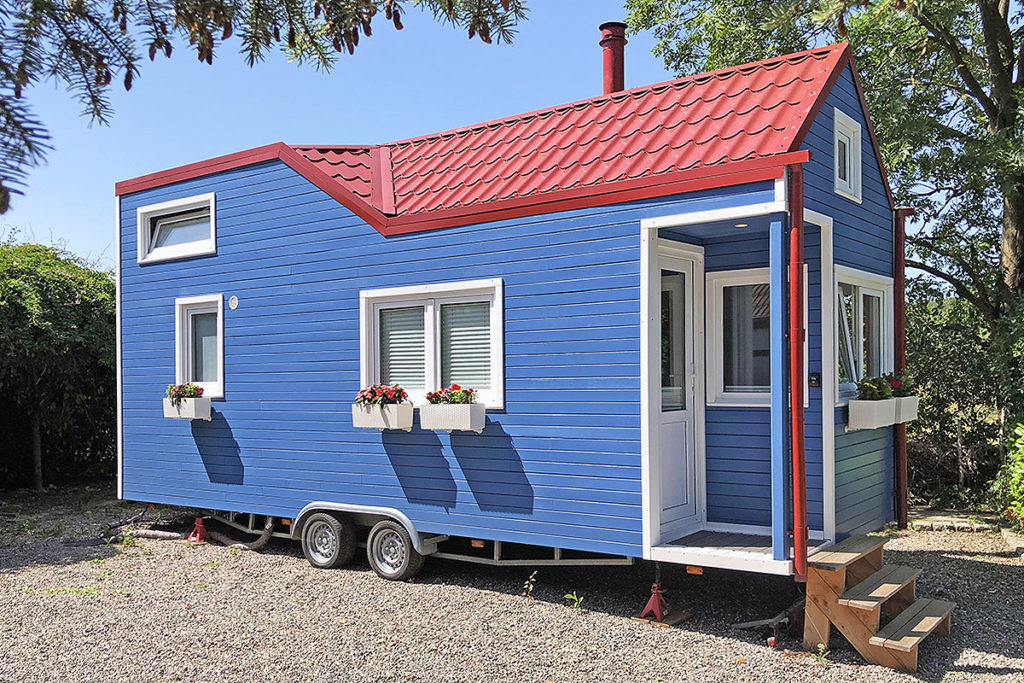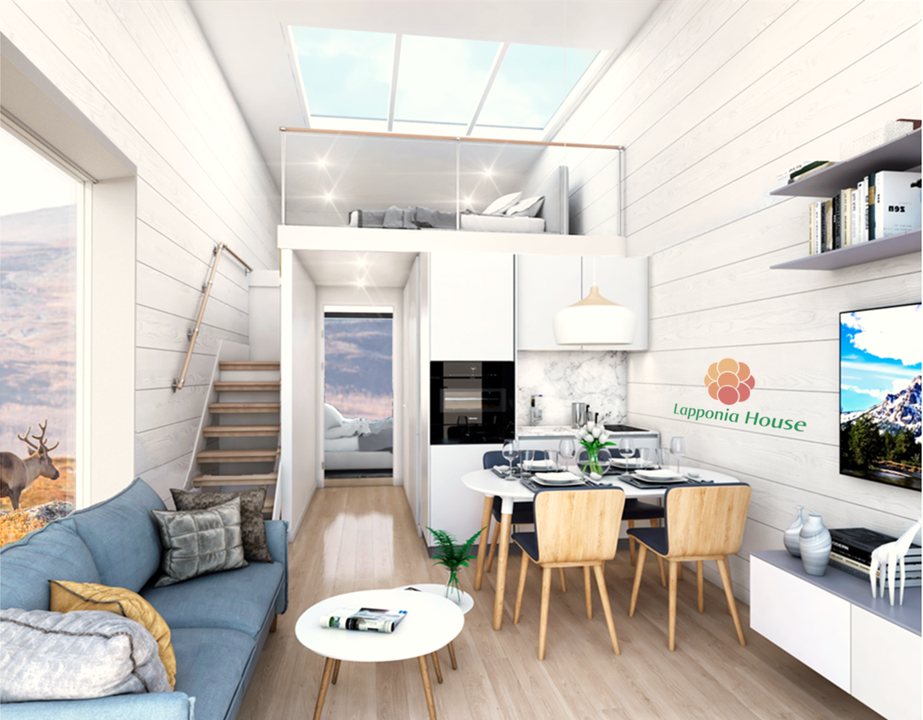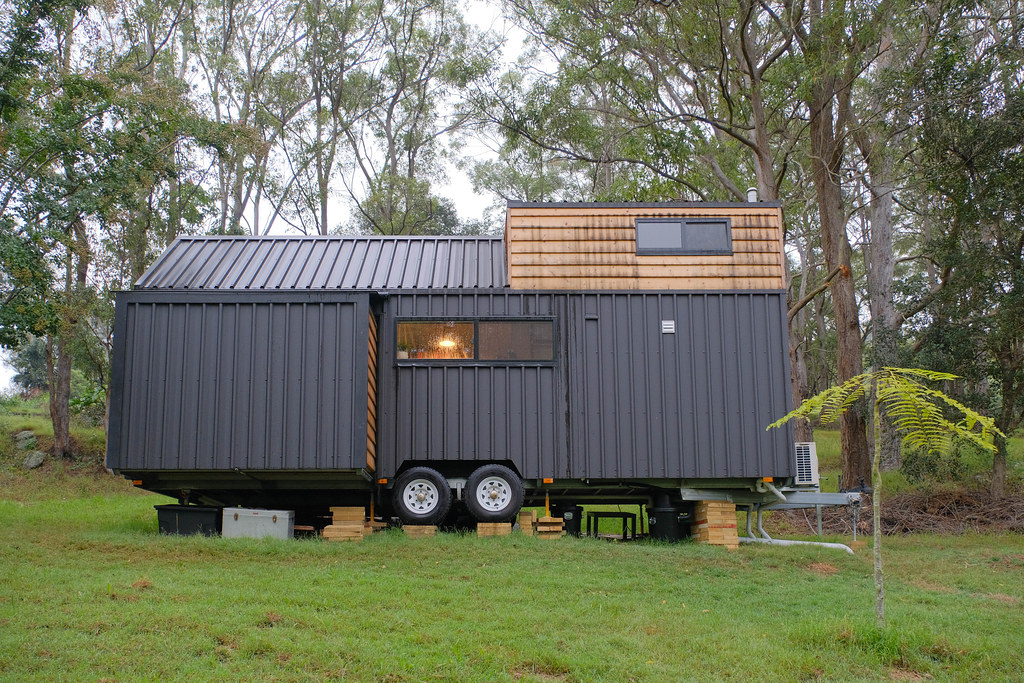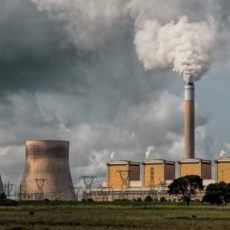
There’s no doubt that Tiny House Movement is, well, growing. So we’re exploring what a tiny house is, why might you want one, and why it might not be the best choice, or even possible, for you. Despite the tiny size of the houses, there’s a lot to unpack here.
The definition of what constitutes a tiny house isn’t too complicated: they are typically smaller than 400 square feet. For perspective, the average American house is around 2,300 square feet, and the average American apartment is 941 square feet. Tiny houses can either be placed on foundations to stay in one location, or they can put on wheels to allow freedom of movement.
There are plenty of reasons different people might want to downsize. Let’s start with environmental implications. A smaller physical footprint of your home means a smaller ecological footprint. Fewer raw materials to build has a clear advantage, and a distinct lack of concrete is a big win – we’ve recently looked at the carbon footprint of this construction material here. If you’re building your own tiny house, you can be far more selective with materials, too. More sustainable but potentially more costly might not be realistic for a 2,000 square foot place, but when you’re building so much smaller, it’s likely to be more doable.

Once it’s built and fitted out, you’re going to use less energy to operate the lights and appliances, and the smaller space will be faster and cheaper to warm and cool. Many of the tiny houses which are prefabricated also come equipped with solar and sometimes wind power too. And, if not, given the smaller sized energy requirements (a teeny 7% of the average US home!), installing renewable yourself is more affordable. Less water is used too, as there are usually only two sinks at most, and often no bath, compared with traditional homes which have at least one bath and between 3 and 5 sinks. With less surface area on the inside and out of a tiny home, we also see a resultant reduction in energy and water used to keep it sparkly clean, as well as less money, energy, and materials being required for any maintenance. In relation to sewage, some tiny houses use composting toilets, an obvious win for the planet, saving masses of water – 27% of water use in the average American home is just from toilet flushing!

Then there’s the household waste aspect. If you have 1/4 of the space to use, you figure out pretty quickly what material items you really need, thereby saving what you would probably end up tossing out in a few years. There’s also the decreased likelihood of food waste – smaller fridge space means you buy less and are less likely to lose something in the back of it, only to discover it 3 months later when it smells. Less space for cooking means you probably prepare smaller meals, which again leans you toward decreased food waste. And there’s less energy waste – no lights accidentally left on upstairs for the whole day while you’re out. Amplify ALL of these things many times over if you choose to take your tiny house and live off grid.
So there really are many eco-wins for this tiny house movement. But are there any downsides?
One of the reasons other than environmental that tiny houses have been popular is that the cost to buy a traditional house is prohibitive for so many. Mortgages are simply not an option for a large part of the population. So the fact that a tiny house can set you back a fraction of this is obviously appealing. You can build your own entry level style tiny home for $US20- $30,000, or hire a builder and expect to pay about double. If you’re after a more luxury bespoke home with granite counters and so on, you could be looking at around $US100,000. Just over 1/3 of the average American traditional home (with an associated average monthly repayment of around $US1,200).
But…tiny houses often aren’t eligible for mortgages because there’s a minimum value a property must have to qualify for a mortgage, and it needs to be on fixed foundations. Which means you need to own the land on which you’re putting the foundations, AND you need to have the right to build on said land. Approval for residential zoning of your land is not a given, and it’s often not cheap or easy to obtain.
So if a mortgage isn’t possible you either need the full amount saved up and ready to go, or to take out a loan instead – which has a much higher interest rate than a mortgage. What does that mean about those who are currently buying tiny houses? Well the picture is really rather white and middle class. 92.5% of tiny home owners from a recent survey are Caucasian. 2 out of 5 tiny home owners are over 50. 77% of them are female. They are twice as likely to have a masters degree than the average American. 55% of tiny home owners have more money in the bank, with average savings in the bank of around $10,000. Perhaps unsurprisingly, the majority of tiny home owners do not have children – but it is absolutely possible to raise kids in a tiny home. And 2/3 of tiny home owners do not have a mortgage. Admittedly, there has not been enough work done to fully understand the demographics of the tiny home population, but these numbers are all pretty startling. We at swrm are firm believers that climate and environmental justice goes hand in hand with racial and social justice – and the tiny house movement does not, yet, enable that intersection.

Another complication is where you can legally position your tiny home. Relevant local zoning laws must be checked if you’re wanting to have your home in one place. But equally, local rules for setting up a mobile tiny home in either a temporary or permanent location must be thoroughly checked too. These rules are complex and differ not just state to state in the US, but county to county. And some states are especially strict – tiny houses are not permitted at all in New York state. The same variability in rules goes for the UK and Australia too. Europe, perhaps unsurprisingly, is a little more forward thinking and adaptable on this front.
Then there’s the actual thing itself – the building regulations also differ greatly across the land, and again are far from straight forward! And on that note, the type of building you’ve chosen (as well as your financing) will have a huge impact on your insurance costs. Spoiler: don’t assume it’s as tiny as your dwelling.
But here’s one last rosy statistic: once you figure out how to buy the building, the land or wheels (and associated permits), insurance and appliances – your home maintenance costs drop DRAMATICALLY in comparison to to that of a conventional home, with some tiny home owners paying as little as $US600/month.
Setting up life in a tiny house has SO many advantages for the planet and your wallet, but it can’t be done on a whim. It requires research into local regulations, thorough quality checking of the builder you employ, and asking yourself some questions in terms of what you’re willing to compromise on. We’d love to hear form you if you have considered or gone through with this move – do you have insights and tips you could share with other swrmers? Drop us a line – we love hearing from you all!




